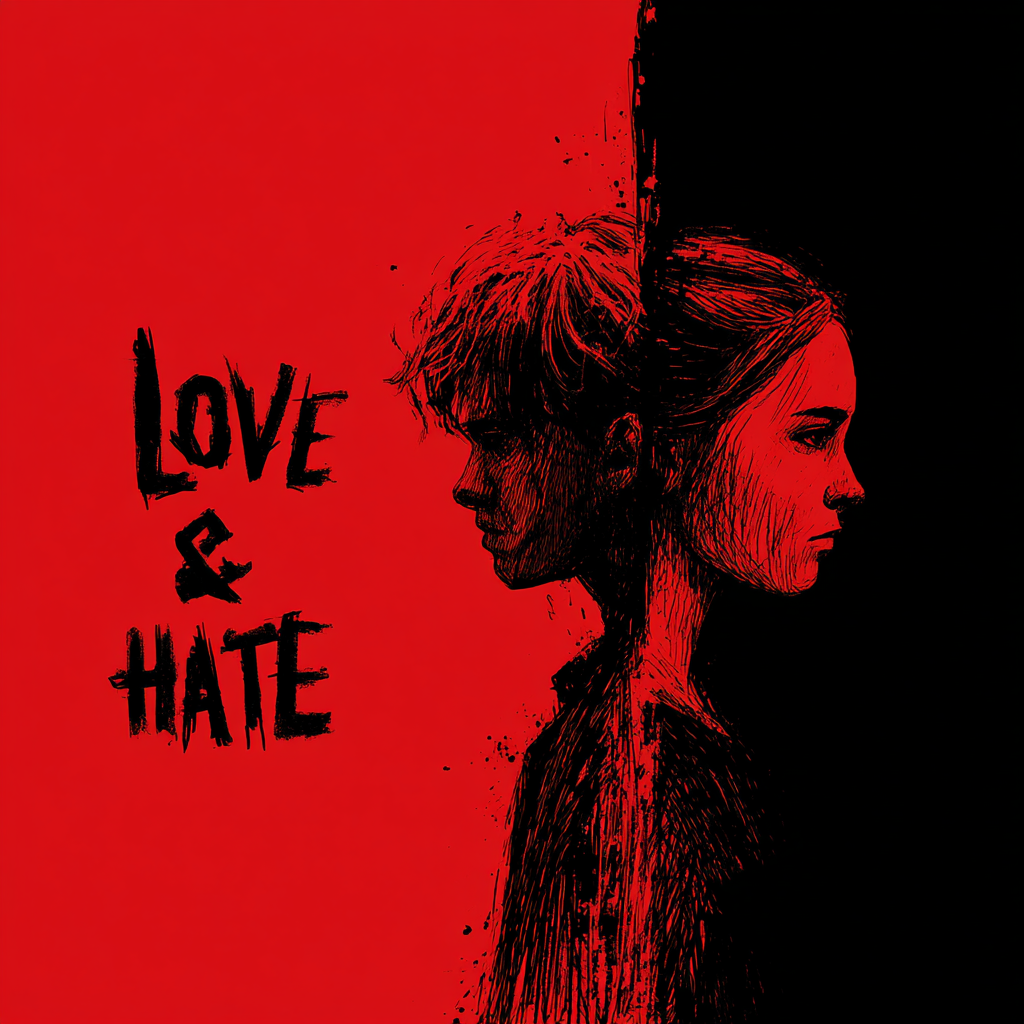Preach Love. Or Preach Hate.
What history teaches us about how radical love and radical hate both provoke violence—but only one path leaves a legacy worth preserving
History reveals an uncomfortable pattern: those who fundamentally challenge existing power structures rarely die peacefully in their beds. Whether that challenge comes through radical love or industrialized hate, the threat to established order provokes violent response.
These figures didn’t die for Buddhism, Christianity, or Islam—identities that would be constructed by later followers. They died for something that preceded and transcended religious labels: a conviction that love could reorganize human society.
But here’s where the similarity ends: the nature of that violence, the reasons behind it, and the legacy it creates diverge so dramatically that they expose a deeper truth about human civilization itself.
This is not a story about equivalence. It’s a story about what happens when you threaten power—and why the method of that threat determines whether history remembers you as prophet or monster.
PART ONE: The Structural Threat of Radical Compassion
Why Peace Advocates Face Assassination
When you preach equality, forgiveness, and the dissolution of hierarchies, you don’t just offer an alternative worldview. You threaten the foundations of systems that depend on division, dominance, and the existence of enemies.
Consider the pattern:
The Buddha (c. 563–483 BCE) taught that suffering could end through compassion and the release of attachment. His cousin Devadatta, threatened by his growing influence, made multiple assassination attempts. He hired archers who laid down their weapons upon approaching Buddha. He pushed a boulder down a mountainside that split harmlessly. He released a violent elephant that Buddha tamed with presence alone.
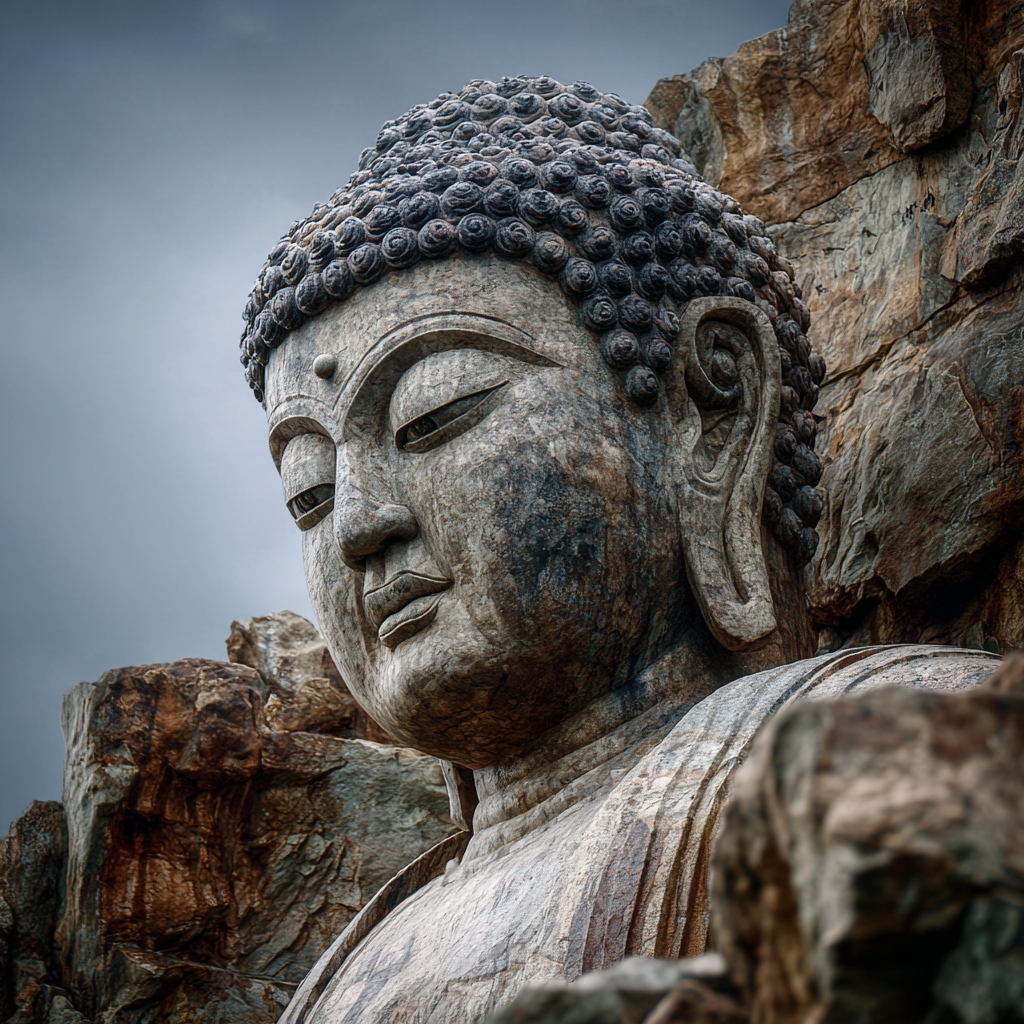
The structural threat: Buddha’s message undermined family authority, tribal hierarchy, and the religious establishment’s control over spiritual truth. When authority depends on obedience, someone who teaches self-liberation becomes dangerous.
Jesus Christ (c. 4 BCE–30/33 CE) preached “love your enemies” and “the last shall be first.” King Herod attempted infanticide to eliminate him. Religious authorities tried to stone him. Rome eventually crucified him—a punishment reserved for those who threatened imperial order.

The structural threat: Jesus proclaimed that the poor, the marginalized, and the occupied had equal worth to emperors and high priests. In a society built on rigid hierarchy, this wasn’t theology—it was sedition. From the cross, he prayed: “Father, forgive them, for they know not what they do.”
Prophet Muhammad (570–632 CE) faced relentless assassination attempts from Meccan authorities. The Quraish organized a coordinated murder plot with young men from multiple tribes striking simultaneously. Muhammad fled Mecca under cover of darkness, his cousin Ali risking death as a decoy.
The structural threat: Muhammad’s message of equality before God undermined tribal privilege and the economic power of Mecca’s religious establishment. When wealth depends on pilgrims worshipping tribal idols, a prophet proclaiming one God accessible to everyone—slave or free—threatens livelihoods and hierarchies alike.
Here’s what often gets lost: Muhammad wasn’t establishing “Islam” as we know it—that identity would crystallize later. Buddha wasn’t a Buddhist. Jesus wasn’t a Christian. These were people practicing radical love in real time, threatening real power. The religions came later, built by followers trying to systematize what their teachers had embodied naturally.
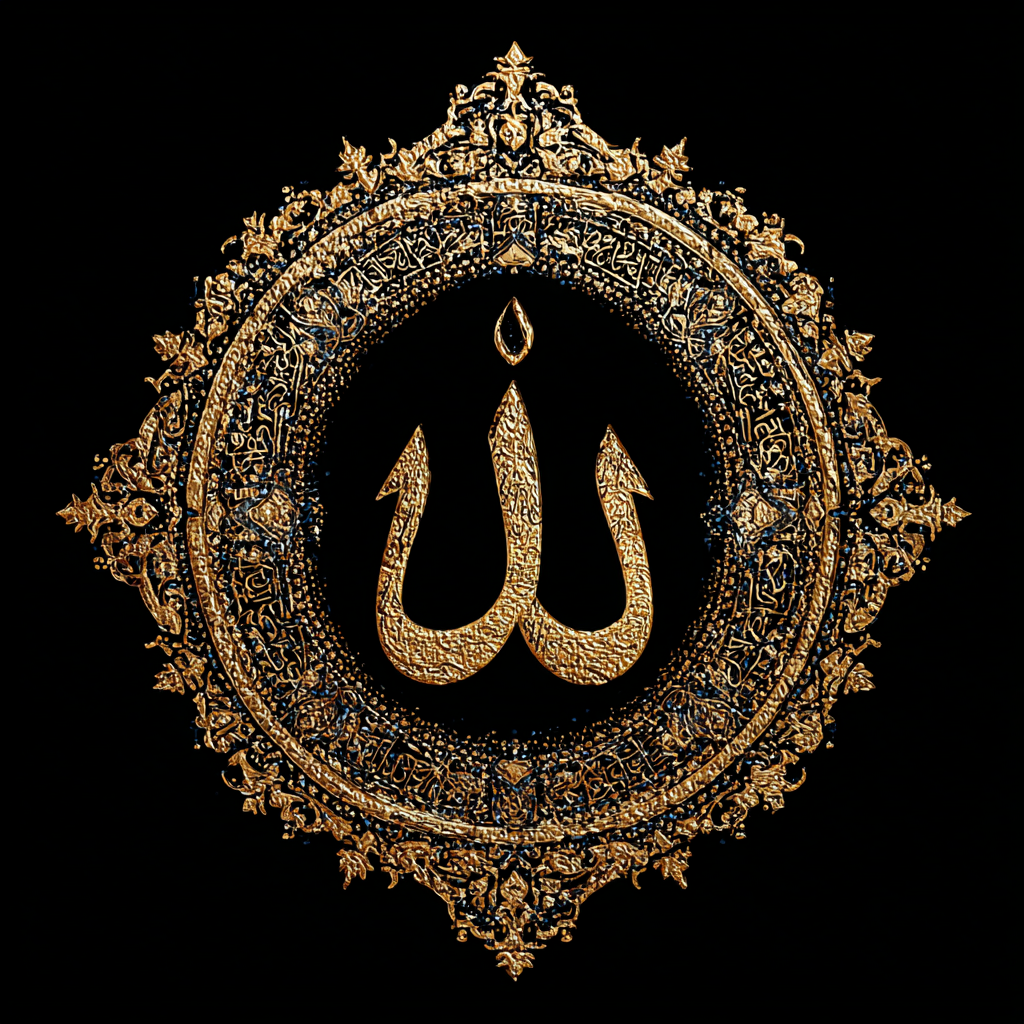
The Modern Pattern Continues
Mahatma Gandhi (1869–1948) championed nonviolent resistance and Hindu-Muslim unity. Hindu extremist Nathuram Godse assassinated him on January 30, 1948. To Godse, Gandhi’s compassion toward Muslims betrayed Hindu nationalism.
The structural threat: Gandhi’s vision of unified India threatened those whose political power depended on religious division. Partition had just created two nations defined by religious identity. Gandhi’s persistent call for unity undermined the logic that justified this split—and the authority of those who gained power from it.
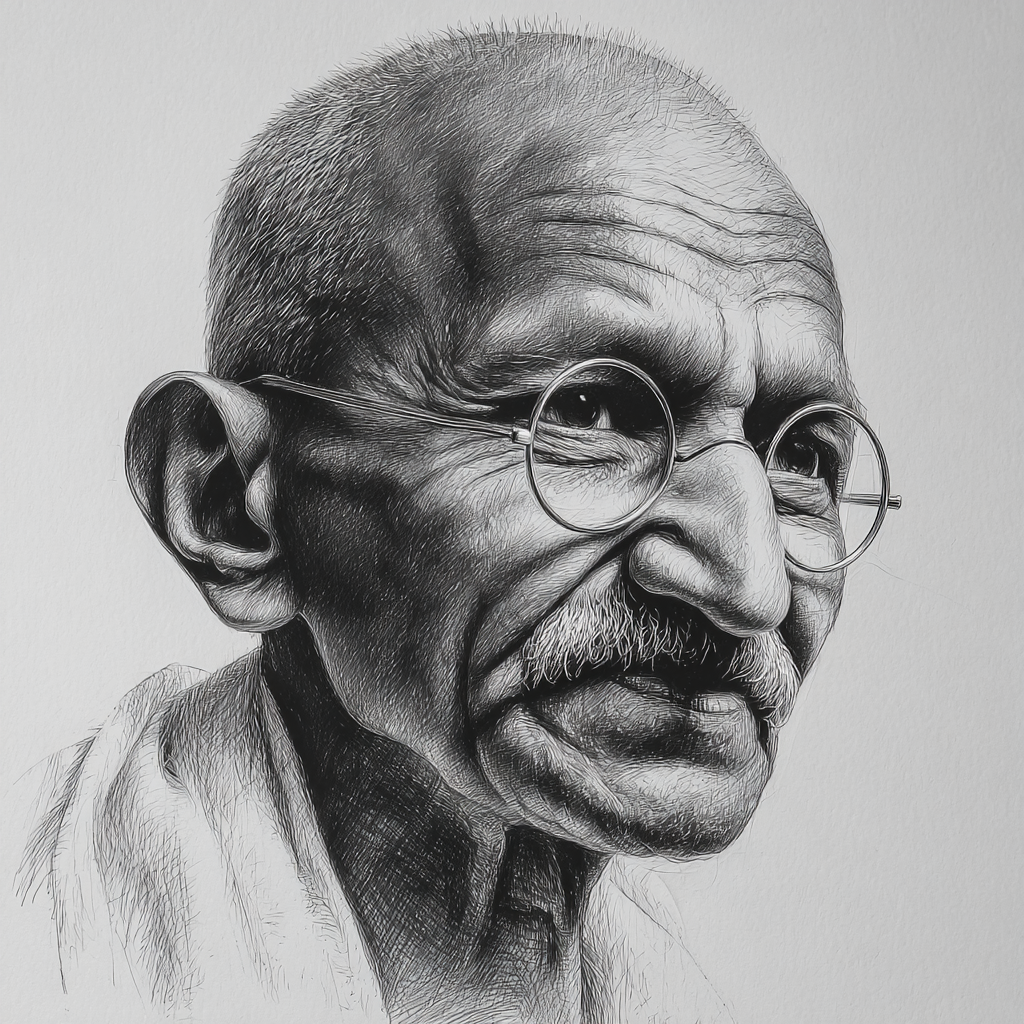
Martin Luther King Jr. (1929–1968) won the Nobel Peace Prize for combating racial inequality through nonviolent resistance. He was assassinated on April 4, 1968.
The structural threat: King didn’t just want Black Americans to vote or sit at lunch counters. He demanded economic justice, challenged militarism, and organized poor people across racial lines. FBI Director J. Edgar Hoover called him “the most dangerous Negro” in America. King threatened the interlocking systems of racial capitalism, militarism, and economic exploitation that enriched some by impoverishing others.
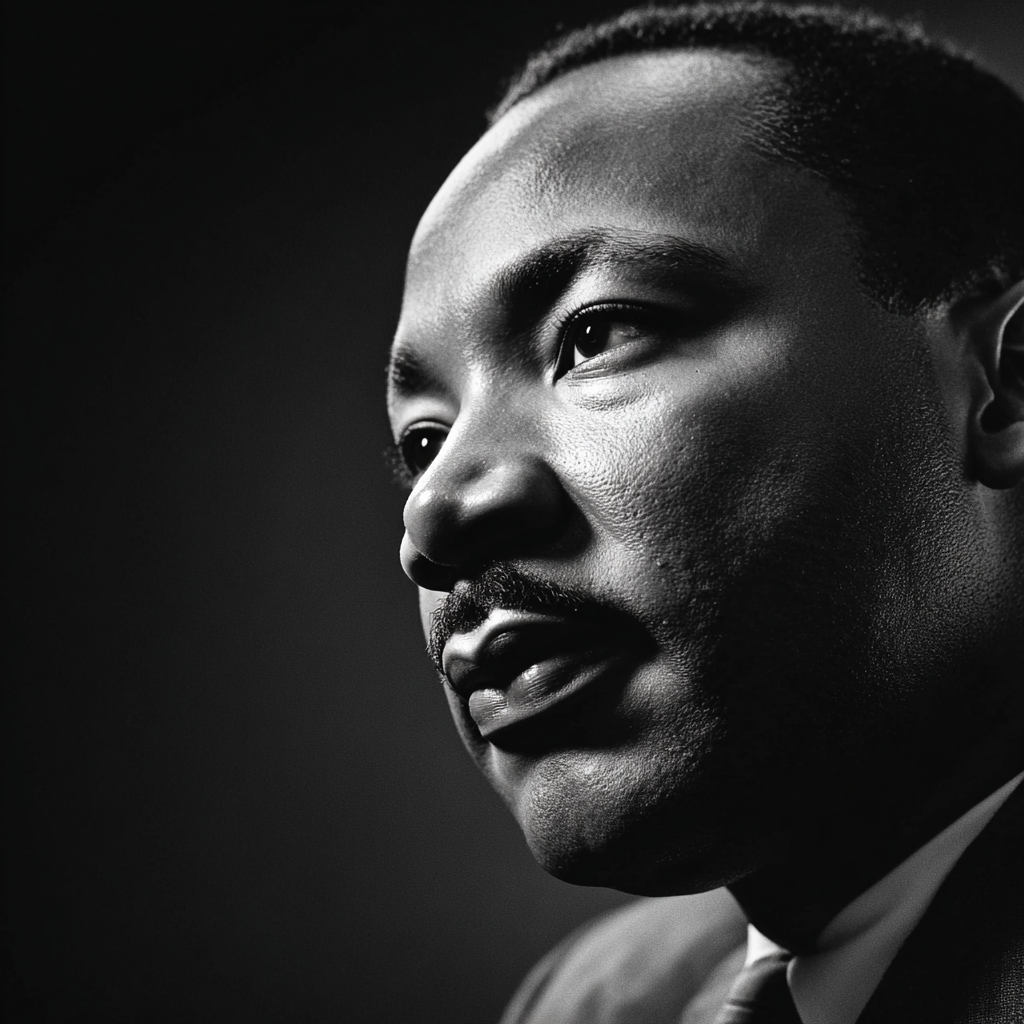
Yitzhak Rabin (1922–1995) pursued peace through the Oslo Accords. Israeli ultranationalist Yigal Amir assassinated him on November 4, 1995. Minutes before his death, Rabin told a peace rally: “I always believed that most of the people want peace and are ready to take a risk for it.”
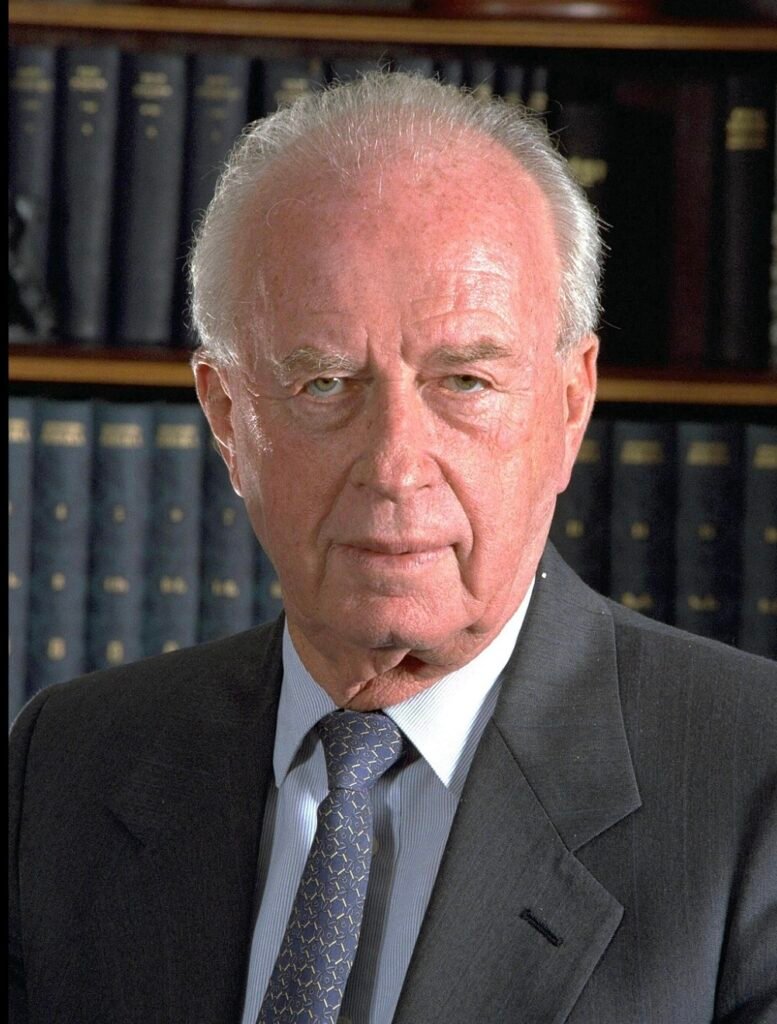
The structural threat: Rabin’s peace negotiations threatened settlers whose land claims depended on permanent conflict, military contractors whose profits required endless war, and politicians whose careers were built on fear. Peace didn’t just threaten ideology—it threatened tangible interests and identities built over decades.
Anwar Sadat (1918–1981) made peace with Israel despite massive Arab opposition. Members of Egyptian Islamic Jihad assassinated him on October 6, 1981, during a military parade.
The structural threat: Sadat’s peace treaty undermined the pan-Arab identity that had defined Middle Eastern politics for decades. Military officers lost status. Militant groups lost funding. Politicians lost the enemy that justified their authority.
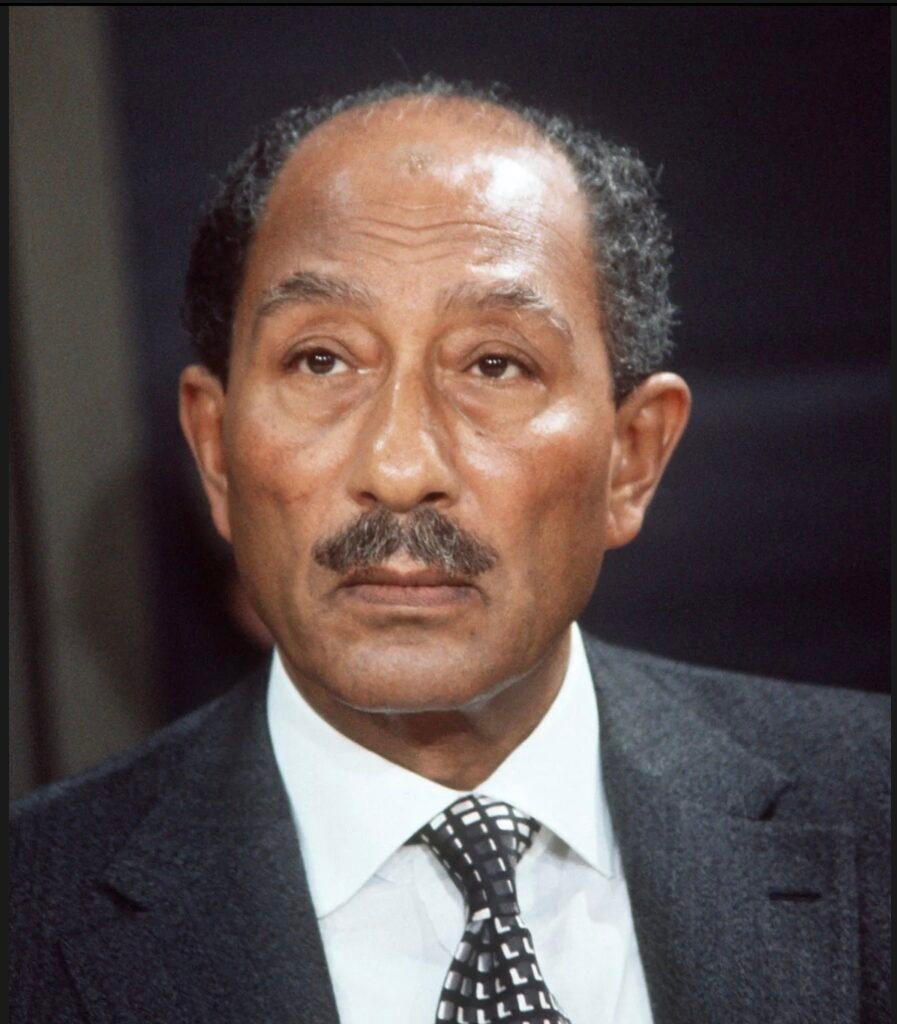
Wikipedia
The Logic of Their Deaths
These assassinations follow a clear pattern:
- Power structures depend on division (religious vs. secular, colonizer vs. colonized, one race over another, one nation vs. another)
- Peace advocates reveal this division as unnecessary (we can coexist, forgive, share power)
- Those benefiting from division see this as existential threat (their authority, wealth, or identity depends on maintaining conflict)
- Violence becomes the last resort to eliminate the threat
The logic is brutal but clear: equality threatens hierarchy, forgiveness threatens those who profit from vengeance, and peace threatens those who need enemies.
PART TWO: The Self-Generated Violence of Radical Hatred
Why Hate-Mongers Create Their Own Assassins
Benito Mussolini (1883–1945) built Italian fascism on nationalism, militarism, and the glorification of violence. For two decades, he ruled through propaganda, secret police, and the crushing of dissent.
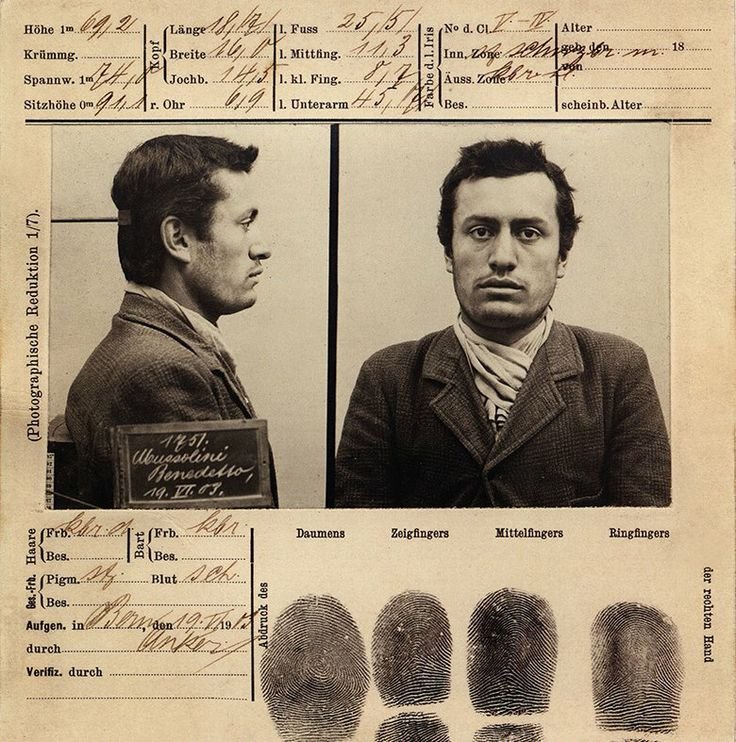
As Allied forces advanced, communist partisans captured and executed him on April 28, 1945, as he fled toward Switzerland. His body was hung upside down in Milan’s Piazzale Loreto—the same public square where his fascists had displayed the bodies of executed partisans eight months earlier. Crowds mutilated, kicked, beat, and spat upon his corpse.
The causal mechanism: Mussolini spent years teaching that violence was glorious, that might made right, that certain peoples were inferior and disposable. His assassins didn’t emerge from threatened power structures—they emerged from the violent culture he created. They used his own logic against him: if violence is the ultimate arbiter of truth, then stopping a violent tyrant through violence is justified.
Adolf Hitler (1889–1945) orchestrated the Holocaust and plunged Europe into world war. After hearing of Mussolini’s humiliating death, he ordered his own body burned before committing suicide on April 30, 1945.

The causal mechanism: Hitler created an ideology that dehumanized entire populations and normalized industrial-scale murder. He didn’t face assassination because he challenged existing power—he was the existing power. He faced it because those he’d targeted finally had the means to stop him, and because even some within his own system concluded he’d become a liability.
When Hate Ideologies Target the Compassionate
The violence normalized by hate ideologies doesn’t only consume their architects—it spreads to anyone perceived as threatening the hateful worldview.
Jo Cox (1977–2016), British Labour MP and humanitarian advocate, was murdered by a far-right extremist shouting “Britain first” during the Brexit referendum campaign. She had worked with refugees in war zones and championed international development.
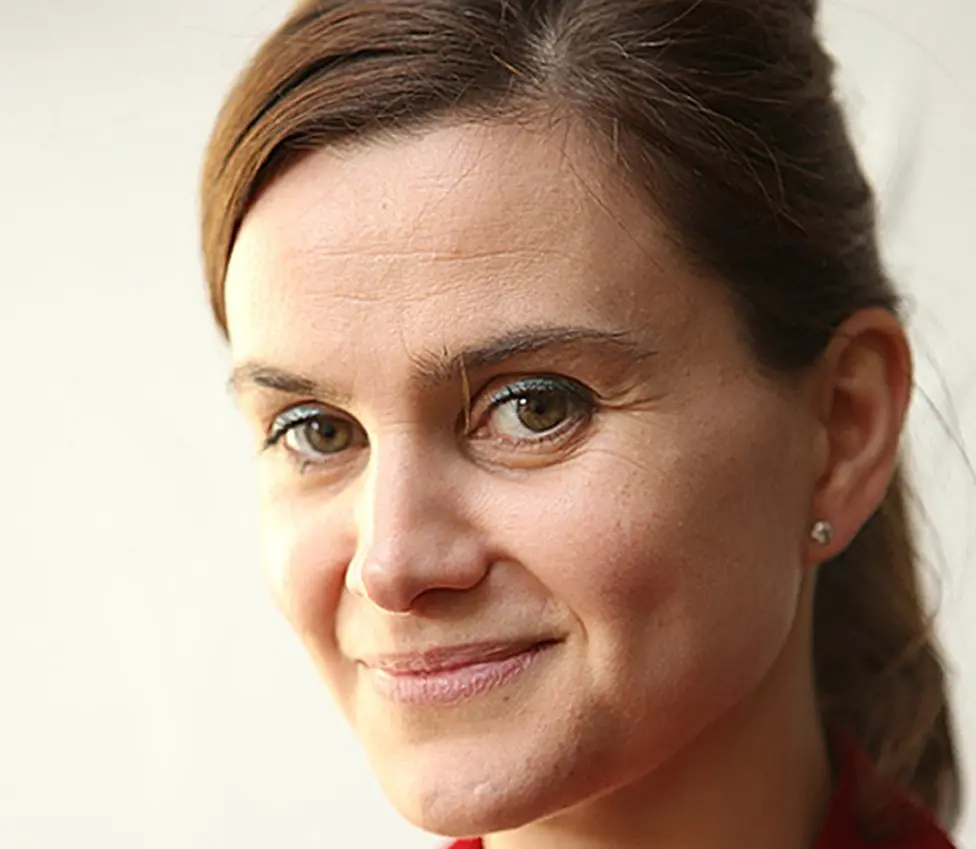
The causal mechanism: Cox’s killer absorbed years of white nationalist rhetoric claiming that migrants were “invading” Britain and that those who helped them were “traitors.” He didn’t kill Cox to protect existing power structures—extremist ideology convinced him she represented existential threat to British identity. The hate ideology created the violent actor; Cox became the target.
Walter Lübcke (1953–2019), a center-right German politician from Angela Merkel’s Christian Democratic Union, supported refugee policies during Europe’s migration crisis. An avowed neo-Nazi shot him in the head in June 2019.
The causal mechanism: Lübcke wasn’t a revolutionary—he was a mainstream conservative doing his job. But to his killer, shaped by white nationalist rhetoric about “replacement” and “invasion,” Lübcke’s moderate compassion looked like treason. The assassin had marinated in ideology that dehumanized refugees and vilified those who helped them.
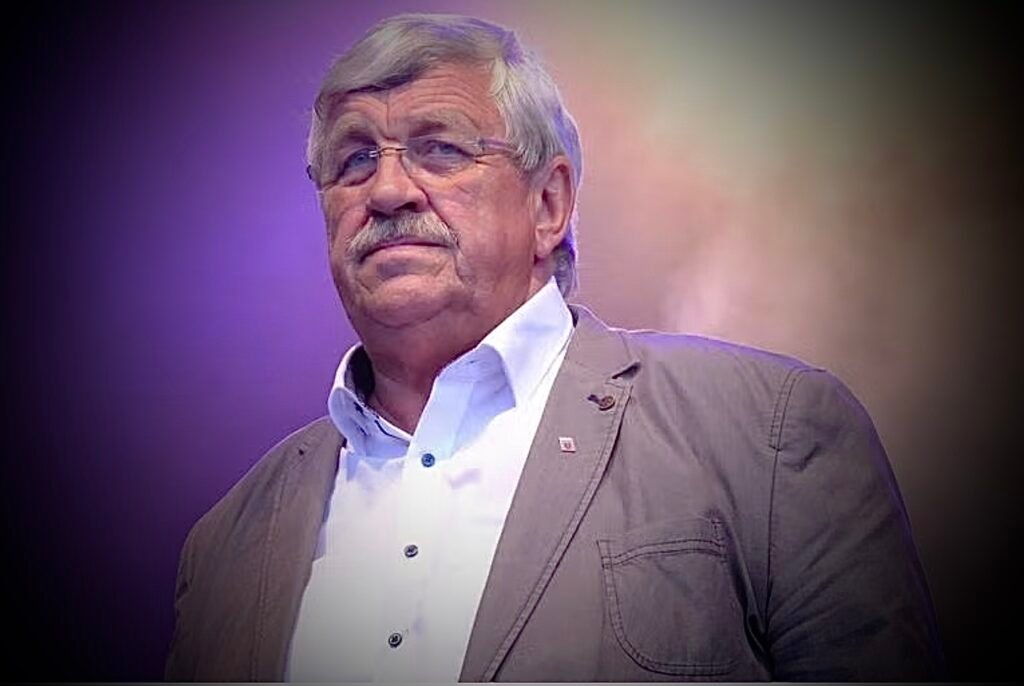
The Logic of Their Deaths
The pattern here operates differently:
- Hate-mongers build ideologies that dehumanize others (certain groups are subhuman, dangerous, invasive)
- This dehumanization normalizes violence (eliminating threats is not murder but defense)
- That normalized violence becomes the cultural atmosphere (violence is the accepted solution to perceived threats)
- Eventually, the violence targets both the hate-mongers themselves and anyone who opposes the ideology using the same violent logic
The crucial difference: Peace advocates are killed by those threatened by their message. Hate-mongers are killed by the violent culture their message creates—and that culture kills indiscriminately.
One threatens existing power. The other is the existing power that generates resistance, or creates a climate where violence becomes normalized and spreads beyond any individual’s control.
PART THREE: Why This Distinction Matters
The Asymmetry in Causation
For peace advocates: The connection between message and death is indirect. Jesus was crucified for political sedition against Rome. King was shot because he threatened systemic racism. Gandhi was killed by a nationalist who saw unity as betrayal. Their message created the conditions for violence against them, but they weren’t wielding violence themselves.
For hate-mongers and their ideologies: The connection is direct. Mussolini’s fascists murdered thousands. His death came from those he’d targeted. Hitler orchestrated genocide. His suicide came as those he’d sought to exterminate closed in. Cox’s and Lübcke’s killers absorbed ideology that celebrated violence against perceived “race traitors.” The violence wasn’t a reaction to threat—it was the logical extension of the ideology itself.
The Asymmetry in Response
Peace advocates facing death:
- Buddha converted assassins with kindness
- Jesus prayed “Father, forgive them”
- Muhammad forgave those who tried to kill him
- Gandhi continued preaching nonviolence
- King responded to violence with more peaceful resistance
- Rabin pursued peace despite death threats
Hate-mongers facing death:
- Mussolini fled in disguise, captured trying to escape
- Hitler ordered Germany burned rather than surrendered
- Their assassins showed no remorse—they believed they’d stopped monsters
The response reveals character. One group sought to transform enemies through love. The other sought to dominate or eliminate them through force.
And here’s the irony: the founders of the world’s great religions never called themselves religious. They simply loved in ways that threatened those who profited from hate. Their followers later built institutions, doctrines, and boundaries. But at the core—before Buddhism, Christianity, Islam became organized systems—there was just the dangerous, irrational, world-altering choice to love.
The Asymmetry in Legacy
After Gandhi’s assassination, Prime Minister Nehru declared: “Our light has gone out, but the light that shone in this country was no ordinary light. For a thousand years that light will be seen in this country and the world will see it.”
Mussolini’s name became synonymous with fascist brutality. Hitler’s became synonymous with evil itself. Jo Cox’s murderer sits in prison, largely forgotten, while her humanitarian work inspired a global movement.
You can kill the messenger, but you can’t kill the message—if the message is worth preserving.
PART FOUR: The Unified Logic
Here’s what unites both patterns:
THESIS: Conviction that fundamentally challenges how power operates—whether by advocating its dissolution (peace) or its violent concentration (tyranny)—provokes violent response.
MECHANISM ONE—Peace advocates: They threaten existing hierarchies by preaching equality, forgiveness, and the unnecessary nature of enemies. Those whose power depends on maintaining those hierarchies respond with violence to eliminate the threat.
MECHANISM TWO—Hate-mongers and their ideologies: They create or intensify cultures of violence and dehumanization. That violence, once normalized, eventually targets them—either from those they’ve victimized or from within their own systems when they become liabilities. The same ideologies also produce violent actors who target anyone perceived as opposing the hateful worldview.
CRITICAL DIFFERENCE: Peace advocates are killed by the systems they challenge. Hate-mongers are killed by the violence they normalize—and that violence spreads to kill the compassionate as well.
CONSEQUENCE: Only peace advocates leave legacies that inspire. Hate-mongers leave cautionary tales. And those killed by hate ideologies become martyrs whose deaths often amplify the very compassion the killers sought to eliminate.
PART FIVE: The Choice That Remains
You face a choice, illustrated through centuries of blood:
Challenge Power Through Radical Compassion
You will threaten those whose authority depends on division. You may face assassination from those who profit from inequality, who need enemies to maintain their identity, who see forgiveness as weakness.
You may die.
But your sacrifice will outlive you. Like Buddha, Muhammad, and Jesus, you can face death with compassion, forgive those who harm you, and leave a legacy that transforms the world. Your death may amplify your message rather than silence it.
Seek Power Through Radical Hatred
You will create cultures of violence and dehumanization. You may face assassination from those you’ve targeted, from those who see you as a threat to humanity, or from those using your own logic of violent force. The violence you normalize may also consume innocent others.
You may die.
Your death will spark controversy at best, celebration at worst. Your name may become synonymous with the ugliness you spread, or history may forget you entirely, preserving only the movements that rose to stop you.
Remain Silent
This path is safer. You will likely die peacefully, having threatened no power structure and inspired no one. History will not remember your name, but neither will it curse it. Safety never made history—but it keeps you alive.
Conclusion: The Mathematics of Legacy
The logic is clear:
Those who fundamentally challenge power structures—whether through radical love or radical hate—rarely die peacefully.
Those who challenge power through compassion threaten hierarchies built on division. They are killed by those who benefit from inequality.
Those who seek power through hatred create violent cultures. They are killed by the violence they normalize—and that violence spreads beyond them.
Both may die. Only one leaves something worth remembering.
This isn’t moral relativism dressed as history. It’s a recognition that while both paths lead to danger, they arrive by completely different routes and leave completely different legacies.
This isn’t a call for religious unity in the institutional sense—Buddha, Jesus, and Muhammad would likely be horrified by many things done in their names. It’s something simpler and more radical: they all chose love when hate would have been easier, safer, more rational. They didn’t die for doctrines debated centuries later. They died because love—practiced without compromise—terrifies those who need enemies to maintain power.
As Nehru said after Gandhi’s assassination: “Our light has gone out, but the light that shone in this country was no ordinary light. For a thousand years that light will be seen.”
The preachers of hate offer no such promise. Their lights go out, and only darkness remains.
The question isn’t whether conviction is dangerous—it is. The question is what kind of danger you’re willing to embody, and whether anyone will want to carry your message forward after you’re gone.
Not all who die for love are saints. Not all who die for hate are devils. But only those who choose love leave behind something the world wants to carry forward.
“I declare to you: all conditioned things are of a nature to decay—strive on untiringly.”
— Buddha’s final words
“Father, forgive them, for they know not what they do.”
— Jesus’s prayer from the cross
“I have a dream that my four little children will one day live in a nation where they will not be judged by the color of their skin but by the content of their character.”
— Martin Luther King Jr.
Choose love. Not because it protects you—it doesn’t. But because it’s the only force that survives you.
Appendix: Figures Mentioned in Order of Appearance
Peace Advocates / Compassion-Driven Leaders
- The Buddha (c. 563–483 BCE) — Survived multiple assassination attempts by his cousin Devadatta
- Jesus Christ (c. 4 BCE–30/33 CE) — Crucified by Rome; survived earlier assassination attempts
- Prophet Muhammad (570–632 CE) — Survived assassination attempts by Meccan authorities; died of natural causes
- Mahatma Gandhi (1869–1948) — Assassinated January 30, 1948 by Hindu extremist Nathuram Godse
- Martin Luther King Jr. (1929–1968) — Assassinated April 4, 1968
- Yitzhak Rabin (1922–1995) — Assassinated November 4, 1995 by Israeli ultranationalist Yigal Amir
- Anwar Sadat (1918–1981) — Assassinated October 6, 1981 by members of Egyptian Islamic Jihad
Hate-Mongers / Architects of Violence
- Benito Mussolini (1883–1945) — Executed April 28, 1945 by communist partisans
- Adolf Hitler (1889–1945) — Suicide April 30, 1945
Victims of Hate Ideologies
- Jo Cox (1977–2016) — Murdered by far-right extremist during Brexit campaign
- Walter Lübcke (1953–2019) — Assassinated June 2019 by neo-Nazi
Summary: 7 actual assassinations (Gandhi, King, Rabin, Sadat, Cox, Lübcke, Mussolini), 1 suicide (Hitler), 3 who survived multiple attempts (Buddha, Jesus, Muhammad)

